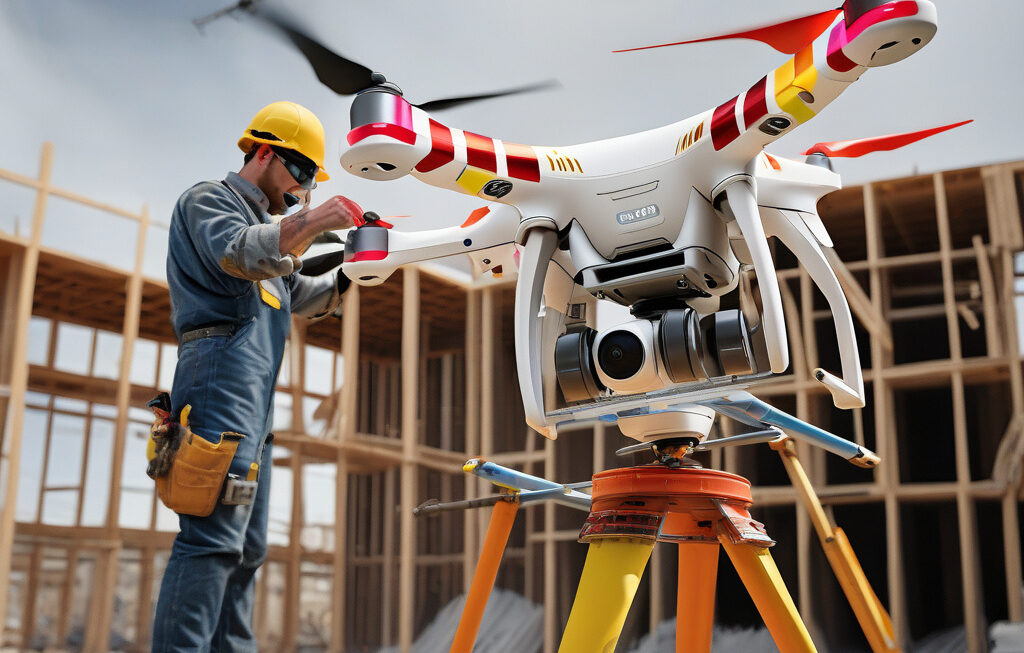New 3D Printed Fuel Cell Revolutionizes Aviation Industry
Researchers have designed lightweight and powerful fuel cells using 3D printing and a coral-inspired structure. This groundbreaking technology could potentially power lighter jets at a speed ten times faster than traditional fuel cells. The innovative approach to creating fuel cells opens up a new realm of possibilities for the aviation industry, promising increased efficiency and reduced environmental impact.
The traditional process of manufacturing fuel cells has always been a cumbersome and time-consuming task. However, with the advent of 3D printing technology, researchers have been able to simplify the production process significantly. By drawing inspiration from the intricate structure of coral, known for its strength and resilience, scientists have developed a fuel cell design that is not only lightweight but also incredibly robust.
One of the most significant advantages of these 3D printed fuel cells is their enhanced speed of hydrogen production. Unlike conventional fuel cells that can be slow and inefficient, this new technology boasts a production rate that is ten times faster. This means that aircraft powered by these fuel cells can enjoy quicker refueling times, allowing for more efficient operations and reduced downtime.
Moreover, the use of 3D printing technology enables a high degree of customization and scalability. Manufacturers can easily adjust the size and shape of the fuel cells to suit different aircraft models, making this innovation incredibly versatile. This flexibility opens up the possibility of implementing these fuel cells in a wide range of aircraft, from small drones to larger commercial jets.
In addition to their speed and flexibility, these 3D printed fuel cells also offer significant environmental benefits. Hydrogen fuel is a clean and renewable energy source that produces zero emissions when consumed. By harnessing the power of hydrogen, aircraft can significantly reduce their carbon footprint and contribute to a more sustainable aviation industry.
The implications of this new technology extend far beyond the aviation sector. As 3D printing continues to advance, we can expect to see similar innovations in other industries, from automotive to energy production. The ability to create complex and efficient structures with ease has the potential to revolutionize the way we think about manufacturing and design.
In conclusion, the development of 3D printed fuel cells represents a significant leap forward in the quest for more efficient and sustainable energy solutions. By combining cutting-edge technology with nature-inspired design, researchers have created a product that is not only faster and lighter but also environmentally friendly. As this technology continues to evolve, we can look forward to a future where clean energy powers our world in ways we never thought possible.
aviation, 3Dprinting, fuelcell, sustainability, innovation












